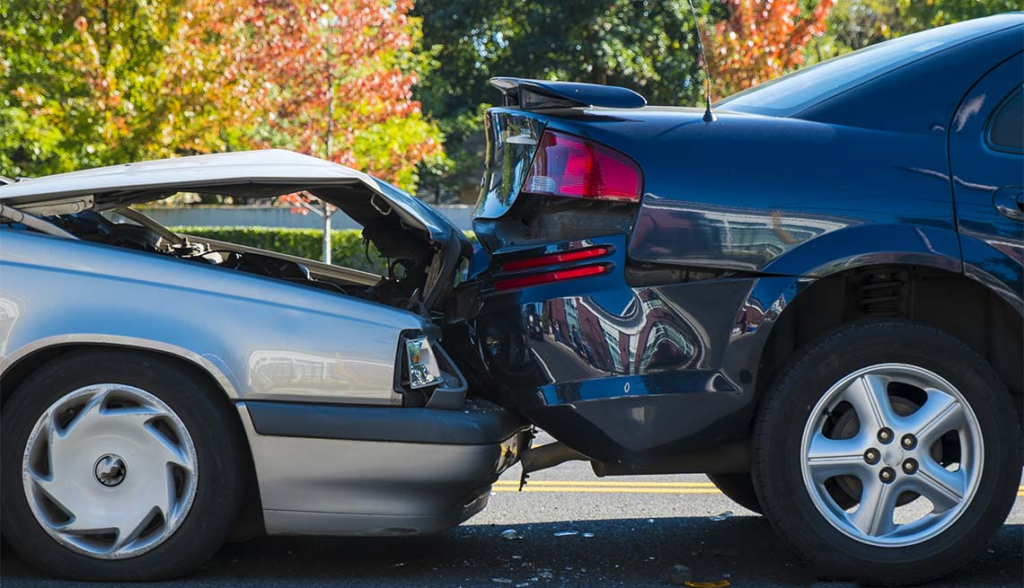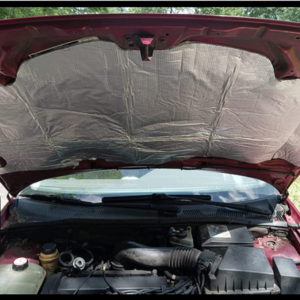According to Dr. John Philip, a Rotarian from the Rotary Club of Newbury, England and the chair of the International Fellowship of Rotarian Doctors If given right away, first aid treatment can stop death and the effects of injuries. If adequate first aid is administered, road accident victims have a higher chance of survival and notice a considerable lessening in the severity of their injuries within the “golden hour,” which is the first hour following the trauma. According to estimates, 1.2 million individuals every year pass away in automobile accidents (RTAs). RTA-related fatalities in developing countries may soon surpass the sum of AIDS, malaria, and tuberculosis-related fatalities.

Beyond the fatalities, there are at least as many severely hurt and permanently damaged people, Dr. John Philip added. The majority of victims are heads of homes, which frequently permanently plunges the entire family into poverty. RTA survivors frequently experience negative social, physical, and psychological impacts, as do their family, friends, and other caregivers. By 2020, more than 60% more people will be killed and injured on the world’s roadways if current trends continue.
- Follow the posted speed restrictions on the different roadways. Never forget the saying, “Speed kills but thrills.”
- Wear seat belts, helmets, and other safety gear before operating a bicycle, motorcycle, or other vehicle. Always keep in mind that safety comes first.
- Don’t drive after drinking. Always keep in mind that “After two pegs, what about the driving wheel? You cannot hold a pen properly.
- Never drive while talking on the phone or listening to music.” A mobile call while driving may be the last call of your life,” as the saying goes.
- Before you get on the road, be familiar with the traffic signs, signals, lights, and rules. Always keep in mind that “The finest tools to prevent accidents are road safety standards.”
- Avoid driving for extended periods of time. Taking a proper break after every two hours of driving is a good idea. Never forget the proverb, “A man is a man and not a machine.”

Here are some helpful tips from geico.com for a safe driving.
Take on driving with the appropriate mindset. Not knowledge or abilities, but attitude and maturity, are the main causes of many teen car accidents. Make a promise to yourself that you will drive safely and responsibly. You have a responsibility to yourself, your passengers, and other drivers as the driver of almost 3,000 pounds of swiftly moving metal. At all times, wear your seatbelt. Establish the rule that you must always wear a safety belt in a vehicle, whether you are the driver or a passenger. Take only a few people. Every additional passenger increases the likelihood of a fatal collision. Having fewer passengers is preferable when you’re a beginning driver.

Avoid driving at night. For every mile driven, the probability of a deadly collision is three times greater at night than during the day. Driving at night should be avoided unless you feel confident doing so during the day. For now, go slowly and safely. Avoid areas with heavy traffic until you have enough supervised driving experience, because it can make you feel uneasy. Then you may gradually introduce situations that are more challenging for drivers, such as merging onto a highway and driving through cities.
Even if you start to feel comfortable driving on dry roads, it is still advised to avoid driving alone in inclement weather. Before doing it on your own, keep things basic at first and get as much supervised practice driving in bad weather as you can. Only use cell phones in an emergency when driving. Cell phone use while driving is one of the worst habits anyone can develop. Only use your cell phone in an emergency while driving. If you need to use your cell phone, pull safely over to the side of the road.

Use a secure car. If you’re considering purchasing your own vehicle, look for a car with a high safety rating. Stay away from sports utility vehicles, small automobiles, and trucks. For assistance in determining an automobile or truck’s safety rating, see federal statistics and consumer report literature. The Insurance Institute for Highway Safety (the group that conducts crash tests) provides insightful recommendations on vehicles and safety tests.
Among the tried-and-true strategies for reducing car accidents by RTAs are: Avoiding excessive speed and adhering to speed limits. Steer clear of drunk driving. use helmets when operating two-wheelers. Using child restraints and seat belts in automobiles. Enhance visibility by using the proper headlights and using road lighting.

Adapt your driving to the weather. Drive at speeds that allow you to keep control on a rainy, snowy, or icy day, even if your car is the only one on the road. Before the winter driving season starts, brush up on your winter driving techniques and learn how to avoid hydroplaning on flooded roads. Always be mindful. It’s not acceptable to text, talk on the phone, or eat while driving just because you’re the only person on the road. You can never predict when things will change. Avoid traveling too fast. Simply put, speeding is deadly, even if there are no other vehicles around. For more than 20 years, speeding has been a factor in almost one-third of all motor vehicle fatalities.
Read More:

Toyota RAV4 2022 – Review

How to keep your car seats clean?







